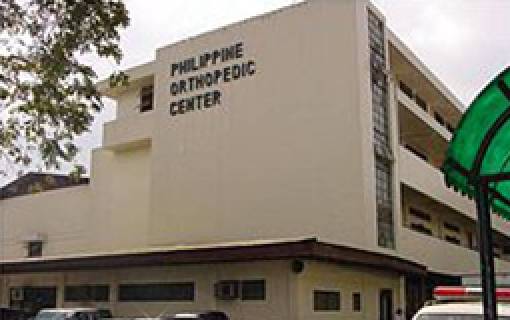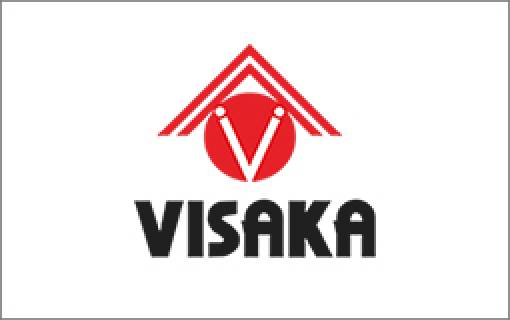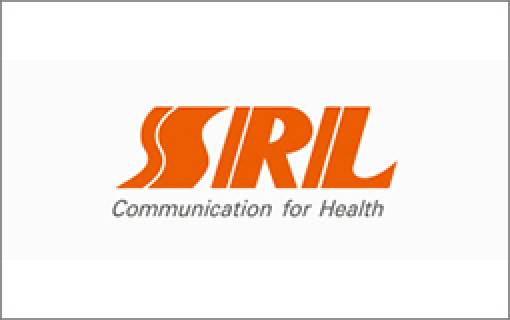Tips for budgeting and financing medical equipment
In today’s times of festive sales and discounts, most budgets go for a toss Maintaining the fine balance between needs and want in such times is akin to walking on a thin rope, and only a handful succeed. I truly believe that be it purchase of a mobile phone or a CT scanner, budgeting is equally important. This becomes even more crucial when the purchase is not of single equipment but for an entire hospital project. Therefore to aid hospital owners to make the most of their every penny spent, let me enlist below, some important tips for budgeting and financing medical equipment for a hospital.

- Budgeting medical equipment should begin with enlisting all the medical equipment required in each department of a hospital along with their quantities. This must be in line with the scope of service of the hospital and its estimated patient load.
- Secondly, outlining the technical specifications and features for at-least the major assets will help in determining the overall budget. This is especially true in the case of capital intensive equipment like modular operation rooms, radiology equipment, etc.
- Furthermore, one must keep in mind that the configuration of this medical equipment should be in cognizance with the level of care at the hospital, patient segmentation (speciality-wise and paying category-wise), latest trends in medical technology and level of technology in neighbouring hospitals.
- One can also devise a healthy mix of new and refurbished equipment as per the project requirements
- Budgeting is the first phase of the financial planning cycle, which is followed by the timely distribution of finances. No business promoter would like to stall his / her project for lack of funds at the required times. Therefore, it is essential to chart-out the timelines for funds disbursement at the beginning of every project.
- The basis of these timelines for funds disbursement should be the following –
- Design Requirements – Some of the medical equipment require special operating conditions, room sizes, and layouts. Although a hospital consultant ensures that the planning and designing take into account the general requirements for such specialized medical equipment, it is best to corroborate these requirements with the vendor before freezing the plans. At this junction, having an official contract with the vendor and paying a signing amount does help. Examples of such equipment could be Medical Gas Pipeline System (MGPS), Pneumatic Tube System (PTS), etc.
- Delivery and installation time for major equipment – For instance, installation of a modular operating room requires anywhere between two to four months, and therefore the need to be procured earlier than most of the other medical equipment.
- Site readiness – One of the key factors to bear in mind while preparing fund disbursement timelines is site readiness. It is wise to segregate medical equipment in buckets based on their delivery schedule and in cognizance with site readiness.
- Modes of financing medical equipment – In today’s technology-driven market, medical equipment contribute 30-50% to the total cost of fixed assets. One could opt for the various modes of funding available for medical equipment in order to ease their investment for the project.
- Medical equipment loans – Several financial institutions in India have come up with customized and structured loans for the purchase of medical equipment. These are mostly long term loans and the primary security for these loans is the financed medical equipment itself.
- Lease rent models – The model of leasing medical equipment is slowing becoming prevalent in the market. Leasing companies procure medical equipment on behalf of the hospital-based on the latter’s specifications and requirements. These are then leased out to the hospital on a monthly/annual premium.
- Partners in business – Some hospital owners partner with individuals/companies for investing in medical equipment for a particular department and operating the department on a profit/revenue sharing basis. This is best suited for diagnostic departments viz. radiology, pathology, cath lab, etc. However, one can also experiment with this model for Artificial Kidney Dialysis Department, Chemotherapy Department, etc.
- Donations – Often it is seen that a philanthropic individual/trust holds a particular clinical specialty/treatment modality close to their hearts. One can procure medical equipment for these departments with the help of such a charitable organization. This is a win-win situation for both – business owners and charitable organizations.
These are the few common and practical ways and means of financing medical equipment for a hospital project. Hope these tips help you. Happy shopping.
We would love to talk to you about your vision for your healthcare project and provide meaningful insights into how we can help you realize your goals. We look forward to hearing from you.
Project Highlights
We have had a proud association with various prestigious clients and projects.
Need Help? Send in your query.
Please fill out the form below and we will get back to you as soon as possible.












